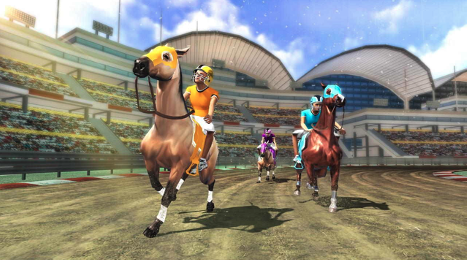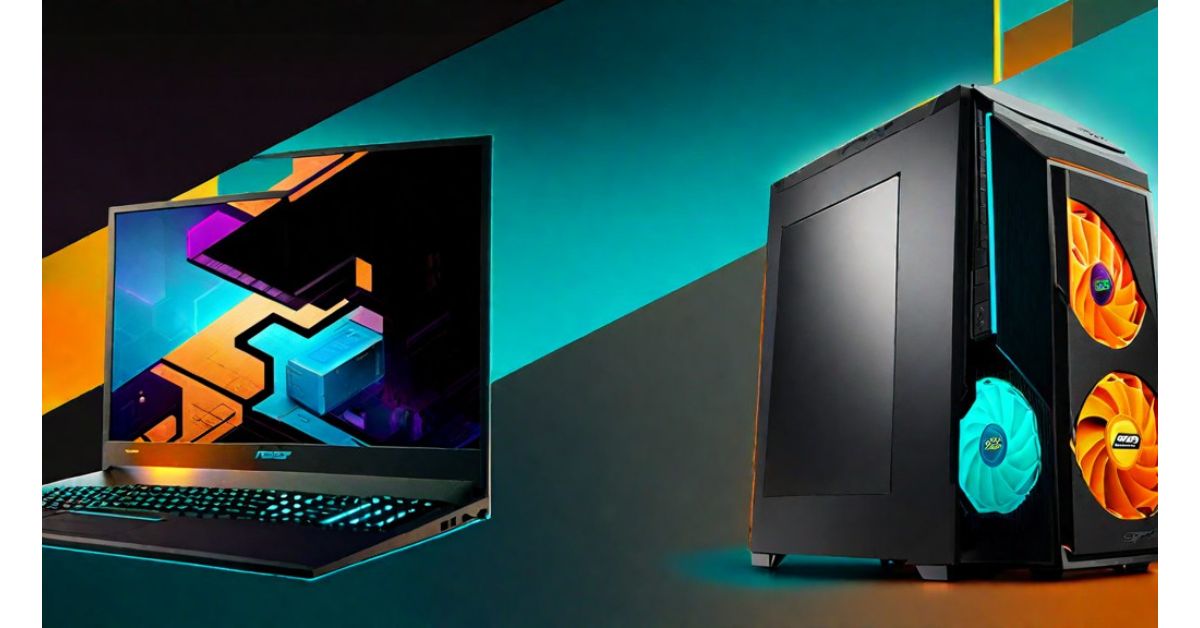Making a video game can be very hard, even when you are passionate about making a specific kind of game. Sometimes the same goes for developers who have experience in the game development field like Tripwire Interactive, who recently shared the current progress and effort that is going into Rising Storm 2: Vietnam.
Programming, coding and testing can be a very meticulous task in that you might get one thing working at one time and then you’ll be faced with another thing no longer working at all. These sorts of issues can span the likes of all sorts of areas when developing a game, and likewise end up delaying said game.
In addition to the above, Tripwire recently posted up an update page regarding Rising Storm 2: Vietnam and the development progress made so far. Tripwire also dives into future plans and things that will help make RS2:V a much better game, as well as addressing some of the roadblocks they face ahead.
Thanks to the most recent post over on RS2:V’s Steam update page, we learn a list of things about the development progress so far. The information below comes in courtesy of Yoshiro, who covers bottlenecks and much more.
“Bottlenecks: Any program (games included) will have a bottleneck. This is where one resource is holding back the ability of other resources to work to their fullest extent. Where these bottlenecks occur, throwing resources of other types at the problem will not improve your framerate – it is a waste of machine resource and developer effort. A good example here is that, historically, the Red Orchestra/Rising Storm franchise is CPU heavy, due to the amount of calculations we are doing for gameplay as well as all the detail we are trying to draw on screen at once (these are done in something called a “draw call” on the CPU before it is passed to your GPU to render). All those detailed (and accurate) calcs for ballistics, bullet penetration, damage chew up the CPU – accentuated by the volume of projectiles in the air, with so many automatic weapons.”
According to Yoshiro, the devs are working hard on solving issues that hamper other important components that make a game tic. Throwing wrenches at problems like the aforesaid only make matters worse and creates broken/bloated content, which means the team must go back in and carefully address specific issues to make RS2:V perform better.
Next up are spikes. Some games that sport random or spontaneous things that go “boom” will often times cause frame-dips. Mortars, airstrikes and explosions can cause loss of frames and can break up the fluidity that was once present.
“Spikes: Often times games are not making use of resources in exactly the same way moment to moment or even frame to frame in a game or rendering thread. Sometimes something comes along that requires more resources than was available and can often cause a new temporary bottleneck. An example of this is when a commander has called in an artillery strike and the CPU suddenly has a lot more work to do – the checks and physics being calculated by those impacts can cause a sudden drop in frames.”
I’m glad the devs are looking into spikes, because that’s a core element that can make or break a game — especially if you’re constantly having to deal with drops well below 30fps during online multiplayer bouts.
Performance really attributes to the feel of a game. If a game performs poorly, it’s likely that fans will treat that game poorly. Yoshiro touches on that in the update note.
“Performance Goals: When making a game you set out some performance goals which also inform your minimum and recommended specs. In our case, here at Tripwire and Antimatter, we target a minimum setting that can be run on low at a stable 30 frames per second on the minimum spec machine and a high that can be run at 60 frames per second on our recommended spec machine.”
It’s worth noting that a beast rig will be able to run the game well above 60fps plus. The above note is just letting folks know that low end rigs will be able to achieve 30fps, while recommended rigs will be able to hit 60fps. In other words, frames should be very stable after the game exits all Betas according to the spike notice.
“Level designers and 3d artists: Looking for and fixing collision issues and scenes with too many draw calls. This can mean redoing the collision model (complex collision on objects that don’t need it can result in slower calculations on the game thread) on the item, more aggressive culling (having the game not draw items such as small objects in a house at distance, reducing the overall draw calls) in a scene while minimizing the overall impact to the look, and more. This is very labor-intensive. It requires tools to help highlight the issues, a lot of work from QA to help home in one each individual issue, then the legwork from the designers/artists to correct/improve each individual asset.”
The above is a very important step in developing a smooth running FPS game (or a game in general) that blends well at the end. In some games you’ll notice that city or cluttered areas will slow down the game, although not much can be seen, this is because small objects are still rendered and active; causing a spike when roaming around. This step will also prevent players from getting stuck on things around and about stages.
“Engine Programmers: The final team focusing on performance. They are looking at the overall performance and making recommendations for the other teams based on engine best practices as well as looking at ways to improve the systems in place to make them better. They are also the ones doing the very complex work on how the engine actually goes about chewing through the millions of calculations per second required, worrying about details of “wavefronts” of data moving from CPU to GPU, ideally looking for spare milliseconds and figuring out ways to make use of them.”
The step mentioned above is very important, because engine programmers can pull much more out of little loose ends to make Rising Storm 2:Vietnam’s engine work far better — preventing wonky physics and making the overall game run fluently.
Lastly, Yoshiro ends the update by noting that they are listening to community feedback and will address balance issues, map problems and other bugs. For more information regarding Rising Storm 2: Vietnam you can hit up rs2vietnam.com.










